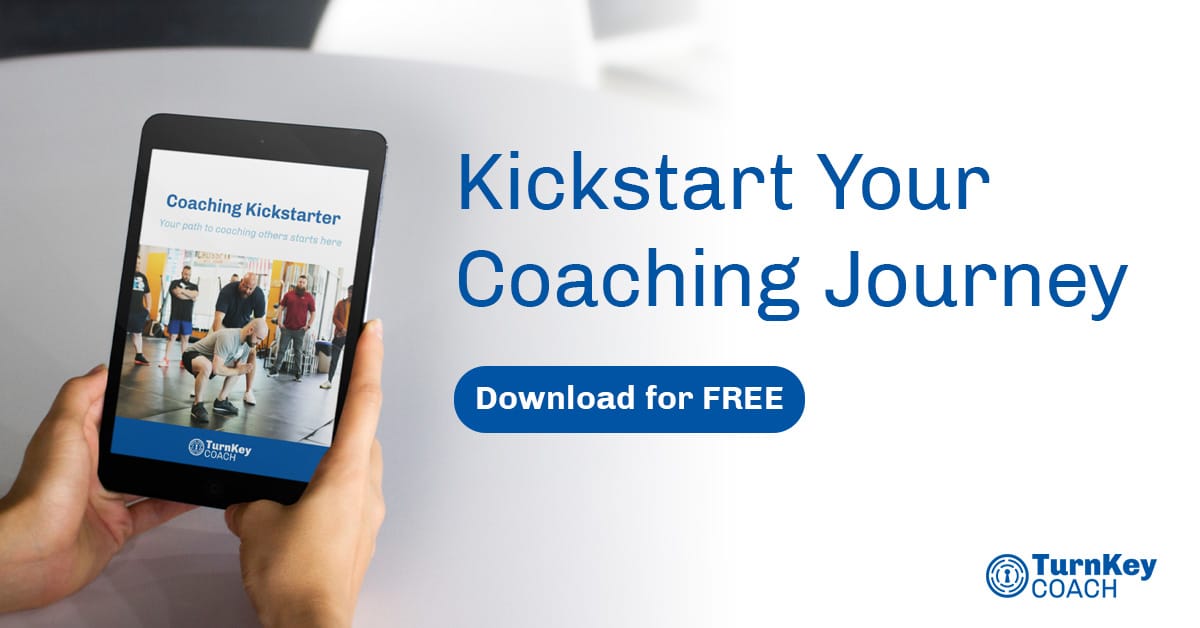
Applying MED to Coaching Beyond Programming
We discuss applying MED to coaching beyond programming. MED principles underlie an effective, successful approach to online coaching.
If you’ve followed Barbell Logic for any amount of time, you will be familiar with the Minimum Effective Dose (MED) approach to programming: only making the smallest change necessary to continue driving progress in training. Making small changes—and only one change at a time—gives you the ability to see what works and what doesn’t, informing future programming and truly customizing a strategy for the lifter in question. This approach is really effective for strength training, but the basic concept can be applied to other areas of life and business as well.
Define Your Goal
Just like with training, the first step in any journey is to know your destination. What do you hope to accomplish? The more precisely you can define your goal, the easier it will be to track your progress toward it. A vague or inaccurate goal will make it difficult to sustain long-term improvement.
Know Your Starting Point
Once you are confident of your goal, assess what your current situation looks like. Don’t change anything yet! This is your first data point. You can document your current actions, and plainly see the outcome of those habits. This step requires objective honesty, so don’t handicap the process by sugar-coating the truth.
If you are starting a new habit (like learning to play an instrument) or a new business venture, research to see what others recommend as a rational approach. This can be where you start.
Start Simple
You don’t need a complicated, intricate plan to start. In fact, a complex strategy likely points to a goal that is too vague or a plan that will be ineffective at reaching your goal. Start simple and small. In business, experts frequently recommend you start with a minimum viable product (MVP), marketed to a minimum viable segment (MVS—the most specific demographic of customer). If you are successful, you can always expand your offerings and market to a wider audience, but in the beginning that broad reach will dilute your efforts.
Less Variables, More Quality
Research enough to decide on a rational, simple, small start. The simpler the plan, the easier it will be to control and track all the factors involved. This simple plan will also make it easier to focus on the quality of these variables. When starting a new venture or trying to improve a dysfunctional habit, the quality of the inputs is more important than the scale. You need to establish proof-of-concept first.
Pull One Lever
Once you have a plan in operation, carefully observe the results. Is everything working smoothly toward your goal? If so, don’t change anything! Success can be undermined by being greedy. Let the plan or habit continue to work for as long as it will before you fiddle with it.
If results are less than stellar, decide on one element of your approach to change. This can be informed by research, but ultimately, it’s an experiment. Make your best guess about which change will have the biggest impact on results with the least amount of effort. We are looking for a good return on investment.
Usually, the element that needs to change isn’t elaborate, but it is hard. Be careful to not make an easy change just because it’s easy, when an honest assessment points to an uncomfortable solution. For example, if sales are low, it’s easy to spend lots of time redesigning color schemes and graphics for a product, when what is likely needed is simply making a lot more sales calls.
Do your best to keep all other variables as consistent as possible. This is critical to the next step.
Did It Work?
After a period of time, assess the outcome again. Are you closer to your goal? If so, you chose correctly! Some element of the change you made is moving you in the right direction. Think on what that essence is, so that the next time a change is needed you will be better informed of the change required.
If the results are steadily the same or worse, you guessed wrong. That’s okay! This is part of the learning process, and you will be better off in the long run because of this new insight. Put that incorrect element back where it started and choose again—this time, with more information. You will likely do better this next time through the process.
Stick With It
This approach is deceptively simple, but can refine your plan to deadly efficiency and effectiveness. The problem is most people won’t stick with it long enough to gain new insights. It is easy to get disheartened after a failed attempt and throw in the towel. Don’t let this be you! Remind yourself that you are only ever a couple of failed attempts away from success.


